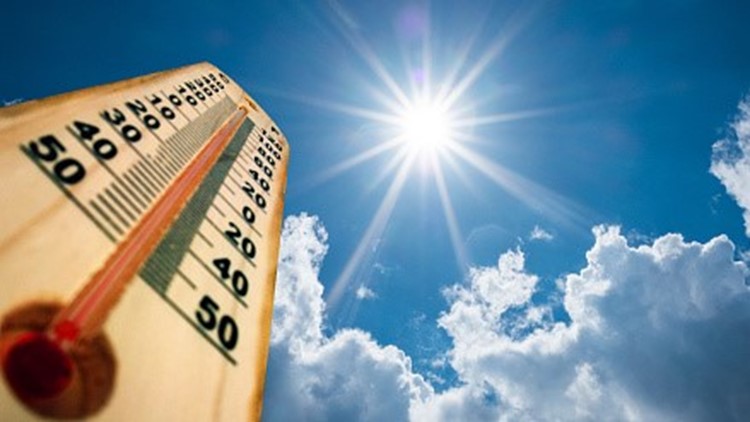As a heat advisory comes into effect over the northern Sacramento area, the differences between heatstroke and heat exhaustion should be in the mind of any concerned resident.
Heatstroke
Be aware of key symptoms to differentiate it from heat exhaustion. These include a high body temperature of 103 degrees, which is considered “extremely high by the Centers for Disease Control (CDC),” and a “rapid, strong pulse.” This increase in pulse may indicate the heart’s significant attempt to cool the body.
Red, hot, and dry skin with no sweating, confusion, throbbing headaches, dizziness, nausea, and unconsciousness are also key indicators of a heatstroke.
Heatstroke is the more serious of the two conditions. In the event of heatstroke, 911 should be called and immediate action should be taken to cool the person until the help arrives.
Heat exhaustion
Heat exhaustion is considered to be a milder form of heat-related illness by the CDC. It develops after exposure to high temperatures and lack of fluids over the course of a several days. Key symptoms to be aware of include heavy sweating and cold, pale, and clammy skin.
While the pulse may become rapid and strong during a heatstroke, the symptom varies with heat exhaustion. The pulse maintains a rapid pace, but it is weaker when it pulses. Excessive sweating, nausea, muscle cramps, and faintness can also by symptoms of the illness.
In the event of heat exhaustion, the person should be moved to a cooler environment, be given sips of water if full conscious, and take a cool shower or use cold compresses to cool themselves down.
According to the National Weather Service (NWS), if a person vomits more than once during heat exhaustion, immediate medical attention should be sought. Heat exhaustion could progress into heatstroke if untreated.
Who is most at risk during a heatwave
With the high temperatures, people’s bodies will be challenged to keep cool. Typically, bodies cool down by sweating when the temperature goes up, but, when the weather is exceptionally hot, sweating may not be enough. This combined with losing fluid and salt through dehydration or sweating make the conditions for getting a heat-related illness. Certain people are more vulnerable to changes in temperature and heat-related illnesses. This includes older adults, children, pets, and people with medical conditions.
According to the CDC, older adults may not have the ability to adjust to sudden temperatures as well as younger people. Older people also have a higher likelihood of having a medical condition that could change their body’s response to an increase in temperature. This can leave older adults more prone to the heat.
Medical conditions can also impact the body’s ability to react to the heat. The CDC identified obesity as a risk factor, noting that people who are overweight tend to retain more body heat. It joins other conditions like poor blood circulation, heart disease, and mental illness that can make the body susceptible to extreme temperature increase.
Even children younger than four are vulnerable to heat-related illness due to their bodies not being fully developed, according to Mayoclinic.org.
Pets are not exempt from the impacts of a heat wave and heat-related illness. Dogs pant to cool themselves, and difficulty panting may leave them susceptible to heatstroke. Hydration is important to pets, and they’ll need to be hydrated in order to beat the heat. According to the American Society for the Prevention of Cruelty to Animals, pet owners should look for excessive panting, difficulty breathing, drooling, mild weakness, seizures, and elevated body temperatures which could indicate overheating.



